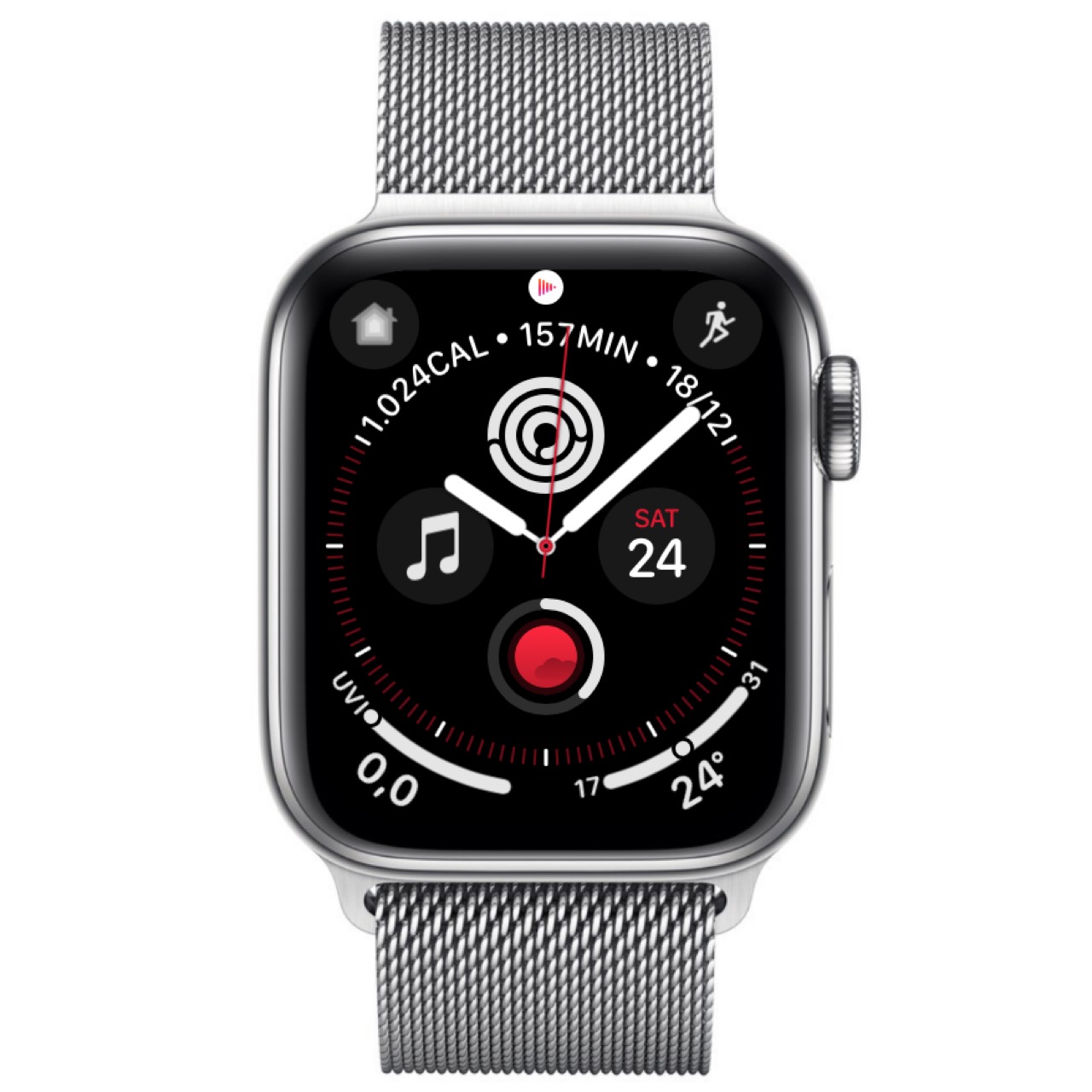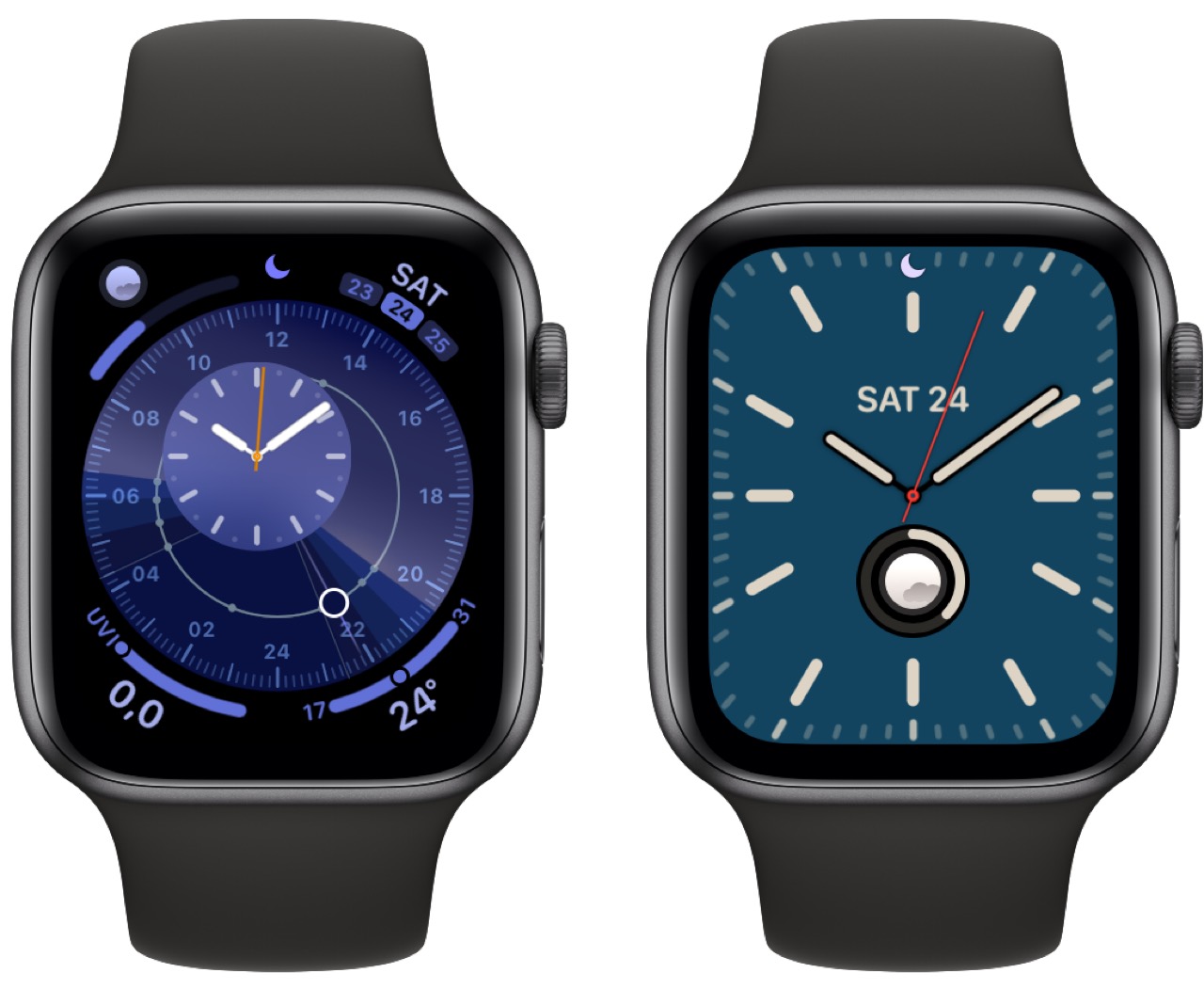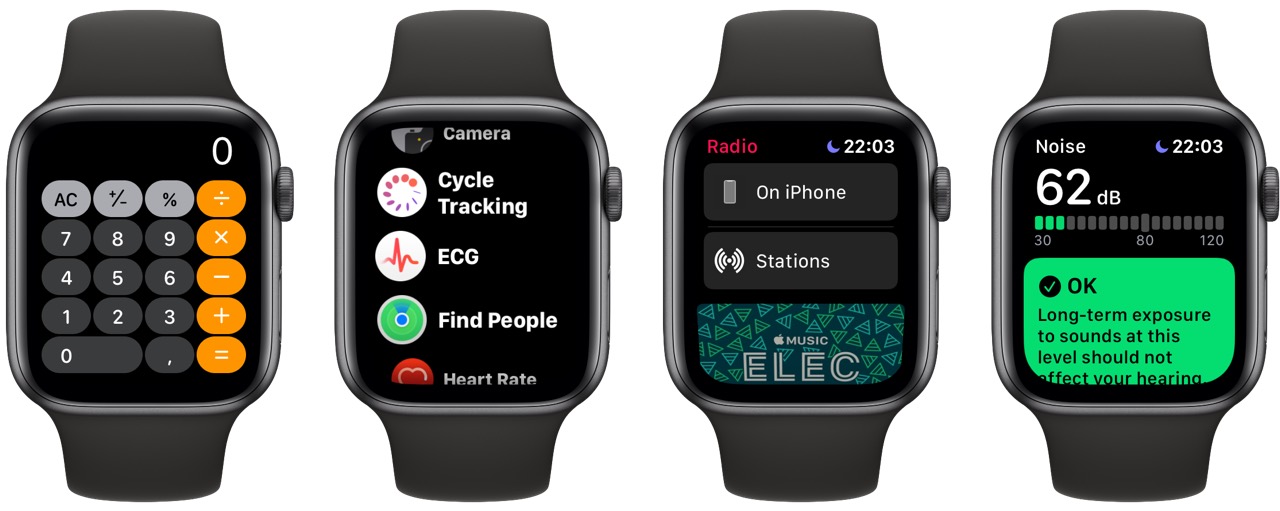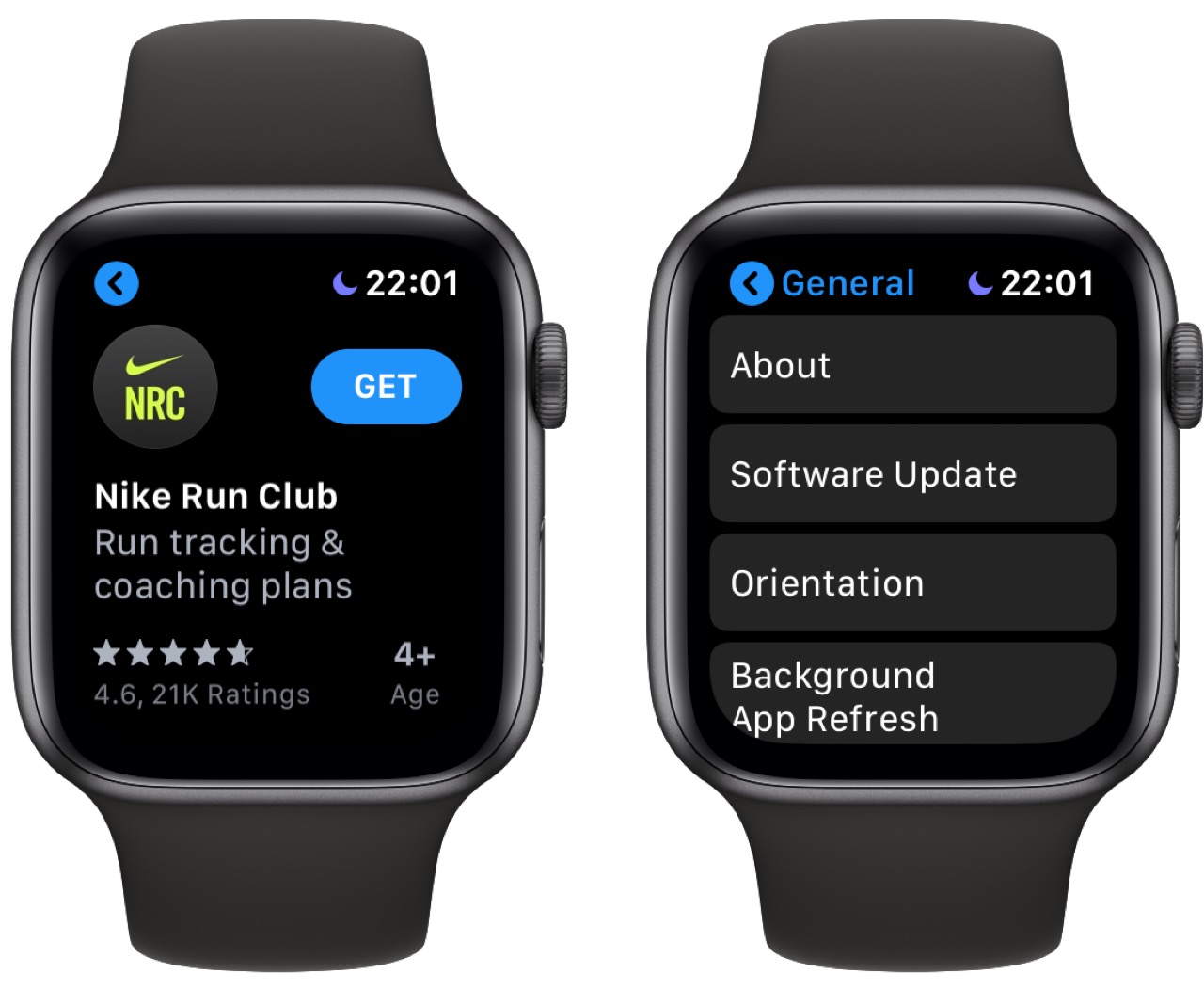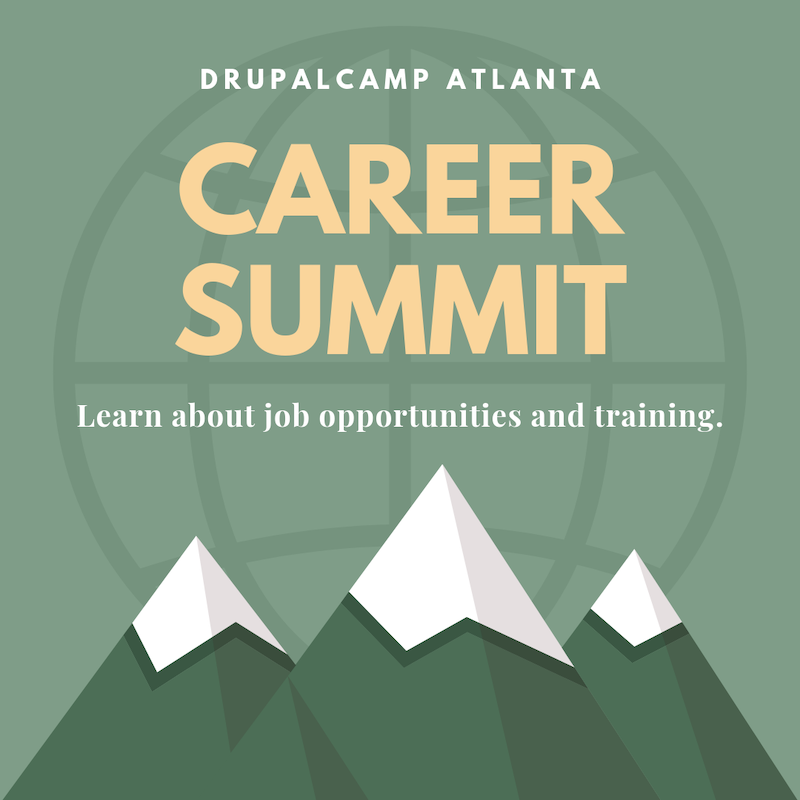Minecraft has sold 176 million copies across all platforms, making it the best-selling video game of all time. I first learned of it in 2013, when its popularity was peaking, just before it was acquired by Microsoft when it bought the indie studio Mojang for $2.5 billion. While surviving against monsters, starvation, other players, and environmental conditions can be part of the game, the main object is to build things. Players extract resources from the environment and combine them to make construction materials, armor, weapons, and more. All the nerdiest boys in my seventh-grade class were obsessed with it; they all wore T-shirts and backpacks with the game’s pixelated characters, and I would overhear them making plans to meet up in the game after class. They talked about monsters, dungeons, building fortresses, and mining rare gemstones. Motivated mostly by the fear that I was missing out, I downloaded a free trial.
When I first played it, it seemed a serene and infinite garden of paradise. I spent hours wandering aimlessly around the blocky map, not realizing that the world had no edge — as you go forward in any direction, the game engine procedurally generates topography by its own algorithmic logic, adorning it with shrubs, lakes, snow-capped mountains. The excitement of exploration, even in this most basic sense, was addicting. Beyond this, the possibilities seemed endless — you could create a life-size replica of your house or build a volcano or have a war between your friends, all possible through finding, mining, and assembling blocks with different properties.
Ten years from its conception, millions of people still play Minecraft. The swirling pool of user-created content surrounding it is ever-expanding. The game hosts invite-only servers allowing for multiplayer experiences; there are currently about 200,000 of these servers, with more being created every day. Earlier this summer, YouTube superstar PewDiePie began uploading a series of videos in which he goes “back to our Minecraft gameplay roots” — a reference to the Minecraft video that was his first upload in 2010. The popularity of the series, which has amassed 57.7 million views thus far, signals a revival among the game’s veteran players, sparked partly by irony but fueled by wholesome nostalgia. As a recent article in the Verge noted, Minecraft has surpassed Fortnite as a YouTube search term for the first time since 2017. There are also creative collectives like Blockworks, a design studio and consultancy working only in Minecraft, and coffee-table books like Beautiful Minecraft, which reframe the blocky environment as digital landscape photography. The comment sections under YouTube videos of the game’s soundtrack make the persistent emotional resonance and nostalgia for Minecraft plain: “How do u explain to your therapist that you cried over a minecraft song.”
Minecraft and Roblox’s selling point is the possibilities the bare framework affords. The user’s creative labor is built in as an expectation
As Minecraft’s player base has grown up, the game and its surrounding meme culture have become an apparent safe haven from adult ideas of productivity and the stress that comes with it. On YouTube there is a massive amount of Minecraft content that documents elaborate and impressively pointless feats of creativity within the game. Unsurprisingly, impressive builds are also featured among these top videos, from large International Style mansions to NASA space shuttles. Many of these must have been incredibly time-consuming and labor-intensive. Much of the most-viewed Minecraft content are music videos made in the game to accompany parody versions of songs like Usher’s “DJ’s Got Us Fallin’ in Love” (71 million views) and Katy Perry’s “Last Friday Night” (122 million views). The popularity of this kind of content suggests that the nostalgia for Minecraft is tied to the perception that it was a “waste of time” that was also somehow pure — an open world that allowed for user-defined objectives, in which truly unmotivated discovery was possible, where players could build things for their own sake and not out of sense of mandatory productivity or competitive advantage.
But the very popularity of these memes militates against such nostalgia. Obviously these Minecraft builds aren’t truly pointless; their point is to rack up views. The media economy that has sprung up around Minecraft has not only reflected a nostalgia for the game; it has institutionalized it and capitalized on it. And it has set the stage for newer open world games that more explicitly indoctrinate players into the protocols of developing human capital.
Beyond every multimillion-view Minecraft-themed video that generates thousands of dollars in ad revenue, there are millions of young players doing the same thing for nothing. About two years ago, I briefly stayed with family friends in a small town in Italy. This family had a son who was about 10 years old and fully obsessed with Minecraft, as were most kids in the area. He was constantly begging his parents for money for a new computer, a gaming headset, and a webcam to make YouTube videos. His argument to his mostly oblivious parents was that PewDiePie was making millions of dollars a year doing the same exact thing that he was highly capable of. When his parents looked to me for confirmation, I had no idea what to tell them. I thought of the millions of kids who were making the same argument to their parents across the world.
It seems that many Minecraft players share the memory of committing a sort of in-game suicide, building sky-high single-block poles and jumping off them. I remember doing this too, looking down from the top through the atmospheric haze that obscured the ground, hitting the arrow key just enough so that I would fall off the surface under me. It’s similar to having one of those falling dreams where you wake up right before you hit the ground (as this meme illustrates). You plummet through the clouds, realistically accelerating until you suddenly hit the ground and a red screen tells you, “You died!” And then you respawn immediately and do it again.
Even as Minecraft experiences a nostalgic renaissance, the online open world Roblox has become its spiritual successor. Roblox has become massively popular in the past two years, with over 90 million monthly players, most of them between the ages of nine and 15. It shares Minecraft’s basic core design — blocky graphics, flat colors, and the requirement of user participation to turn it into something better. Its selling point isn’t anything that exists in the game itself but the possibilities the bare framework affords. The user’s creative labor is built in as an expectation. But unlike Minecraft, Roblox isn’t a single expansive world or a defined game in itself; it has no basic game modes to return to and no classic game mode from which all the other user-created games stem. It is more a game-creation platform, hosting more than two million games, each of which is its own world, with its own rule set, value system, map, and user interface.
Games like Robloxian High are all about customizing your character, finding your clique, getting into a relationship, and driving around
While the open worlds of Minecraft and Roblox are sometimes touted as an opportunity for children to learn programming skills and develop an aesthetic sensibility, they have also become indoctrination into entrepreneurship for children, shaping their creativity and passion before they have enough life experience to know the alternatives or the consequences of it. Almost every game on Roblox is free to play, but there are opportunities to spend Robux, the game’s universal currency, at every corner. Some games offer VIP packages, which allow access to restricted areas and special abilities, while others rely solely on catalog features like clothing, weapons, and vehicles. A spreadsheet made by a younger brother of one of my friends lists purchases like “DJ Access,” “Majestic Leaf Wings,” and “🌈🔥SALE🔥🌈Rainbow Adidas Hoodie🔥🌈” within Robloxian High.
Befitting the young player base, the most popular games in Roblox are titles related to school and work. The game that I see most often is simply called Work at a Pizza Place. The objectives of the game are listed as follows:
- Work as a team to fulfill food orders.
- Use your work earnings to upgrade your house and buy furniture.
Managers can fire and hire players and give out bonus checks. Once you earn enough Robux, you can order a digital “pizza” to your own house in the game. This may not seem particularly exciting, but it’s suggestive of the horizons of the Roblox user’s world. It’s as though pizza on demand is the greatest thing they can imagine.
Along with “pizza,” any game with “high school” in the title seems destined for Roblox success, reflecting how teendom is marketed to them as a period of freedom and self-expression, of friends taking over for family as the center of social relationships. Games like Robloxian High are all about customizing your character, finding your clique, getting into a relationship, and driving around. When I went to customize my Roblox character in a game called Royale High, other players began spawning and flying around. It was around 4 p.m., which meant that many of these users probably just got home from school. It felt vulnerable to be trying on skin colors and hairstyles in front of these intricately designed and experienced young users, who instantly joined their friends and start conversations. The realism of the trompe l’oeil designer clothes and Instagram-baddie faces clashed with my underlying Lego-like form, two seemingly incompatible worlds colliding. Eventually I ended up wearing a Comme des Garçons PLAY striped long-sleeved shirt and black sweatpants with white Converse. Each item was free to try in this microcosm; to wear them anywhere else in the Roblox universe, I’d have to buy them.
On Reddit, I found a thread where longtime Roblox players evince their own form of nostalgia, complaining about how the Roblox world has changed: Younger players have turned to simulator- or tycoon-type games and away from games based on agility, like obstacle courses, or more traditional combat-style games like shooters. The comments imply that the games gradually became more social, requiring less creativity on the behalf of the creator. One commenter writes: “New and exciting games are no where to be found because all the little 7 year Olds want to train to become a superhero or own pets in roblox.” These new-style games — like Clone Tycoon 2, in which the user creates a clone army to battle others, and Adopt Me!, where players collect and trade pets ranging from dragons to flamingos — are all highly social and prominently feature the ability to design and customize yourself and your home. Instead of appreciating the variety available in Roblox as a game hosting platform, game creators filled their worlds with irresistible custom content to get players attached to their possessions.
Compared with Minecraft, most Roblox games are highly individualistic and use private property as their main incentive rather than skill-building or a sense of common good. The most popular games in Roblox abandon the traditional game model of leveling up toward a concrete goal and instead focus on the user’s desire to accrue possessions that signify their taste and status. The social aspect of the game makes customization the most important factor, hence the abundantly garish visuals. In most of the popular simulation and tycoon games, the user plays with others but doesn’t collaborate with them. Roblox seems to encourage creativity only when it has the potential to make money: through development, or through buying and selling in-game merchandise. Minecraft’s up-front payment system seems almost idyllic by comparison, seeming to foster an environment that allows for collaborative project building rather than a delivery system for invasive ads.
By enabling self-defined goals and DIY accumulation of skills, Minecraft once seemed to promise fun without fixed form, without ownership
Some in the Reddit thread counter these kinds of complaints with a kind of bootstraps mentality: If you don’t like the games you’re seeing in Roblox, nothing stops you from making the kinds of games you actually want. But others offer a conspiracy theory about how the company behind Roblox promotes simulators and tycoon games because they help it realize the potential for making money from children. “Their business model is ingenious,” a commenter writes. “They get people to make games for them, provide an engine, and then reap about 58 percent of the profits.” The business logic of Roblox is like a multilevel marketing scheme: Users are given the promise of entrepreneurial freedom while actually being tethered to a giant corporation. In place of the desire to create and build without any kind of monetary incentive — the fantasy at the heart of Minecraft nostalgia — there is a testament to the innocent and “natural” self-motivation of young players.
Though Minecraft and Roblox both require time and effort, the multiplayer aspect of Roblox games makes leveling up a social competition based on resources rather than skill. In the nostalgic memory of Minecraft, multiplayer interaction is often an extension of real-life relationships and requires synergetic teamwork. In Roblox, multiplayer modes are more starkly competitive. While the promise of Roblox is that it “powers imagination,” it seems to prompt players to imagine only what it can sell them and what they can sell, from relatively concrete objects like musical instruments to abstract ones like dictatorial powers. Just as there’s no end to the fun you can have, there’s no end to the amount of real-world money you could spend. New achievements are constantly being added, and games are updated with new user-created content on a daily basis.
Open worlds can viewed less as games than as experiments in political philosophy, fostering new kinds of citizenship. For me, watching Minecraft grow over the past 10 years has been like watching an idealized simulation of the unfolding of human history. A linear path of development can be drawn from Minecraft’s beginnings — the shared player world has gone from mass agriculture with NPC villagers to the building of in-game giant functional computers. With Minecraft, there can be nostalgia for “modernity” — that is, for the possibility or even the inevitability of “progress.”
Roblox, however, is nonlinear and postmodern. Since it contains multiple disconnected worlds, it has no governing master narrative, no shared experience of development that players might collectively remember in the future. Its openness is based more on the promise of personal acquisition than discovery. It evolves by encouraging every player to become their own independent developer. Players choose the rule sets they want to live by, affording infinite variations. People are nostalgic for Minecraft because they are nostalgic for an open world that promised discovery rather than entrepreneurship; now the popular open worlds offer no escape from the quest for personal advantage. Instead players are trained in how to distance themselves from each other through blatant signifiers of achievement.
By enabling self-defined goals and DIY accumulation of skills and resources, Minecraft once seemed to promise fun without fixed form, without ownership, without competition and hierarchy. Roblox has no such pretense. Though its premise of blurring the line between player and creator may seem democratizing, it transforms conventional gameplay into entrepreneurial striving while indoctrinating young children into capitalist society’s hierarchical scoreboards, its fantasy of being the best by having the most.


